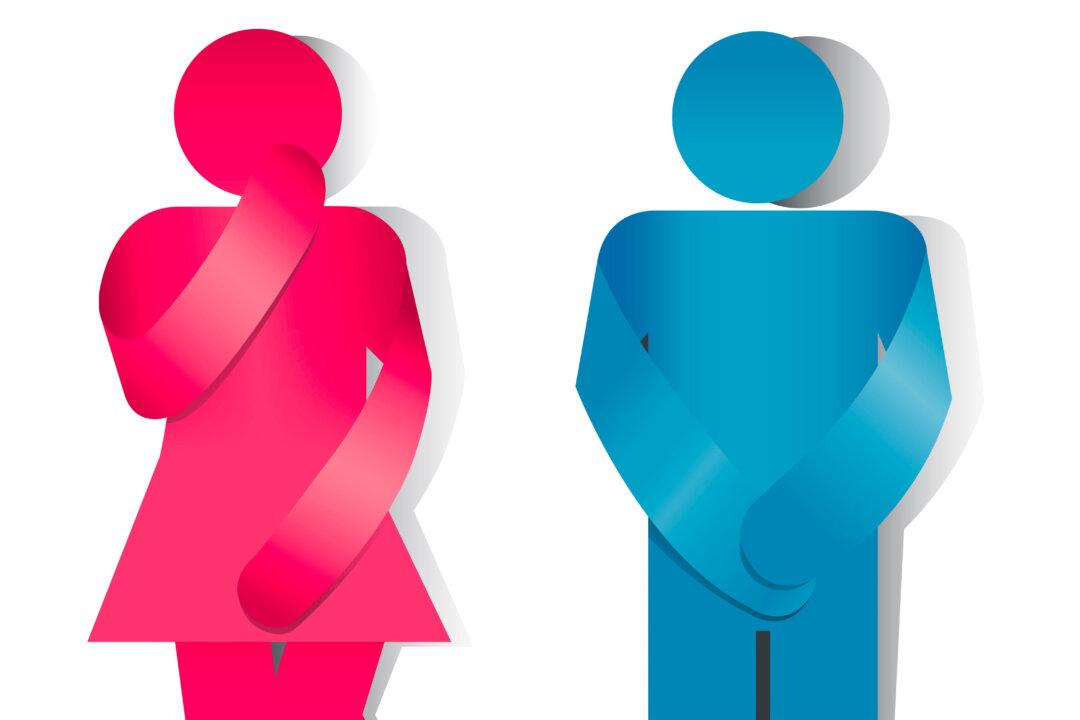According to a survey, one-third of U.S. adults manage to nap on any given day of the week. If you’re among that percentage, are you taking the best nap that you can? Are naps beneficial? If you don’t take naps, should you? Why?
A nap is an intentional or unintentional period of sleep for a short period of time, typically taken during daylight hours. Scientists have done quite a bit of investigation into napping and developed a list of different types or categories of naps based on their function.





